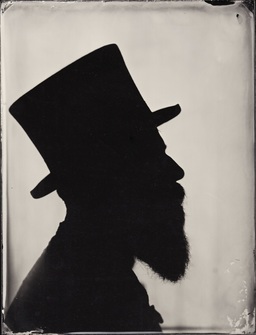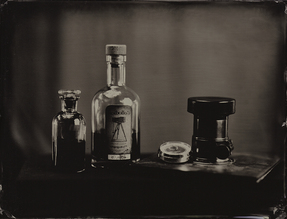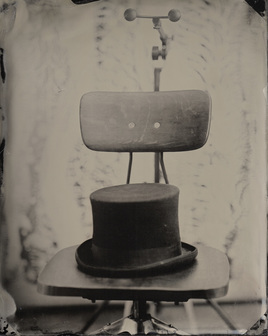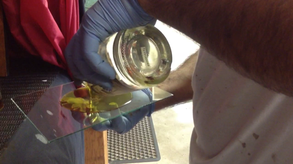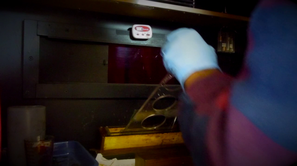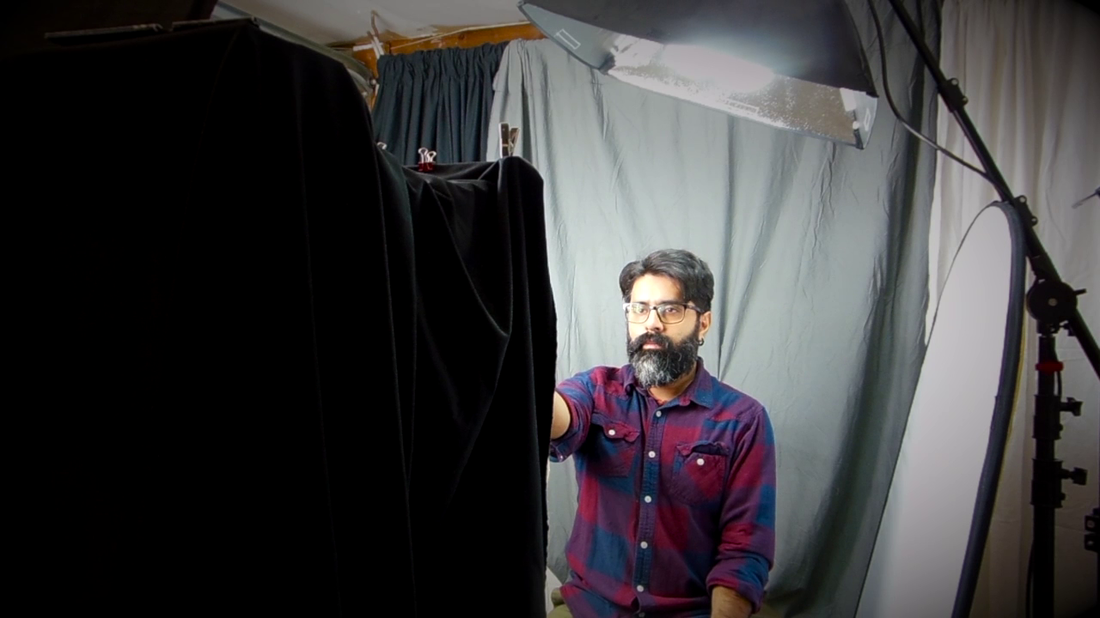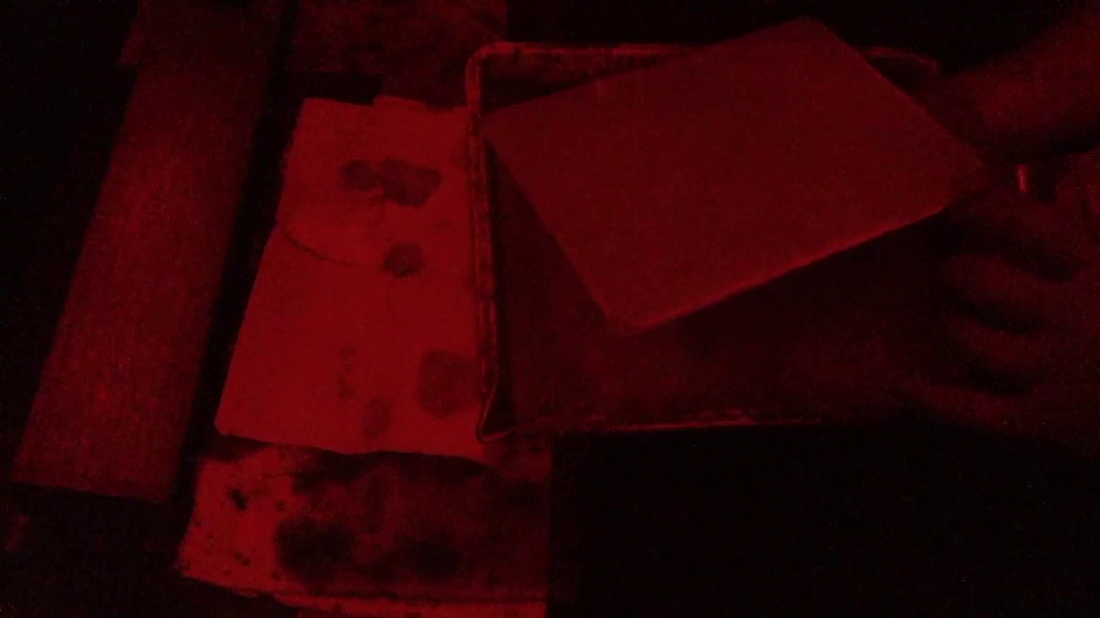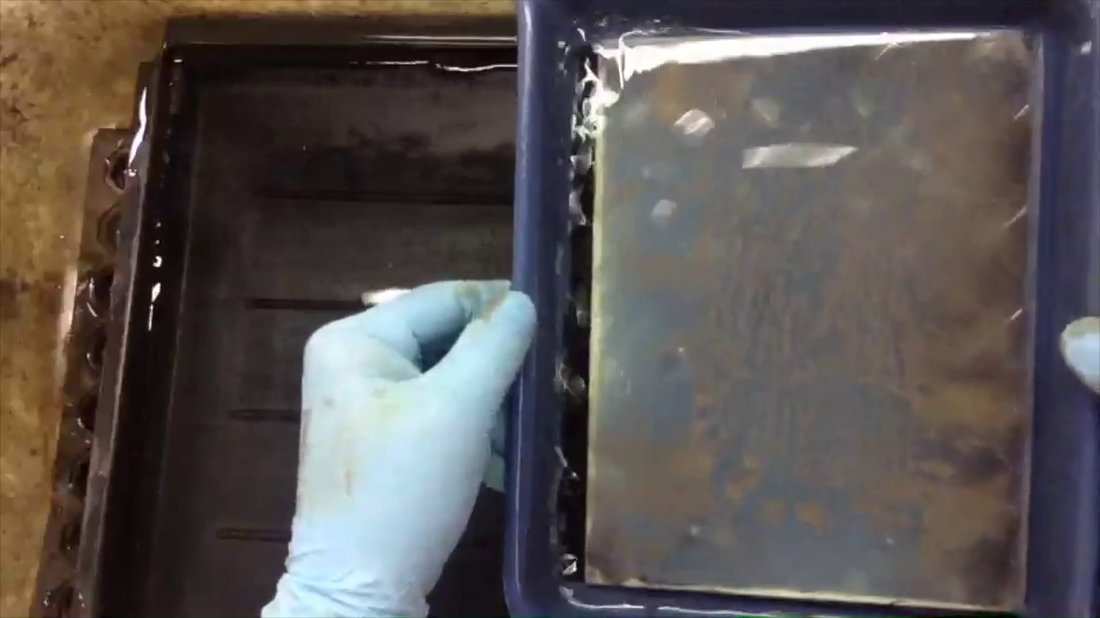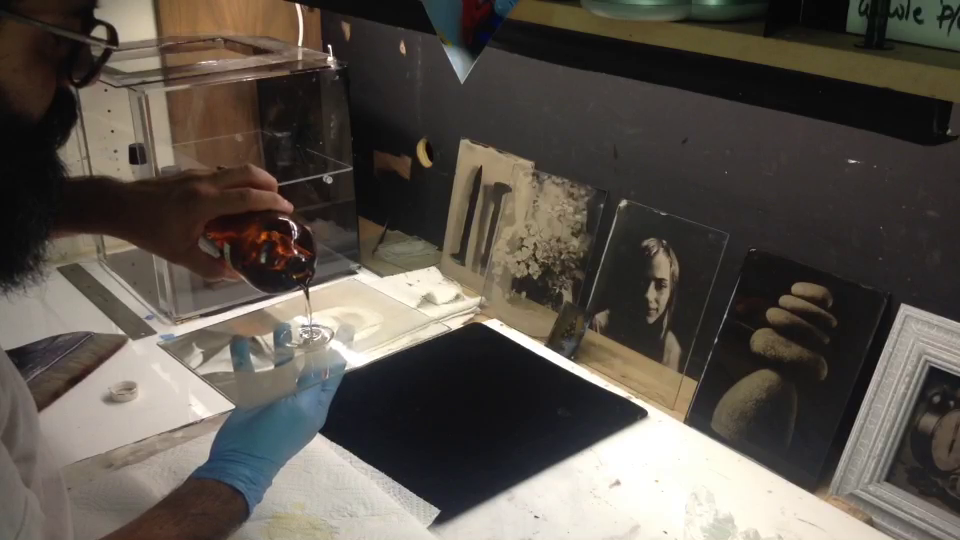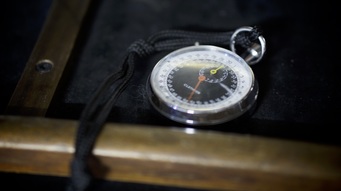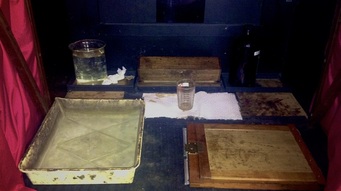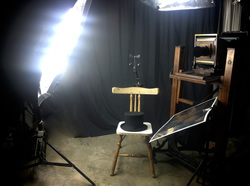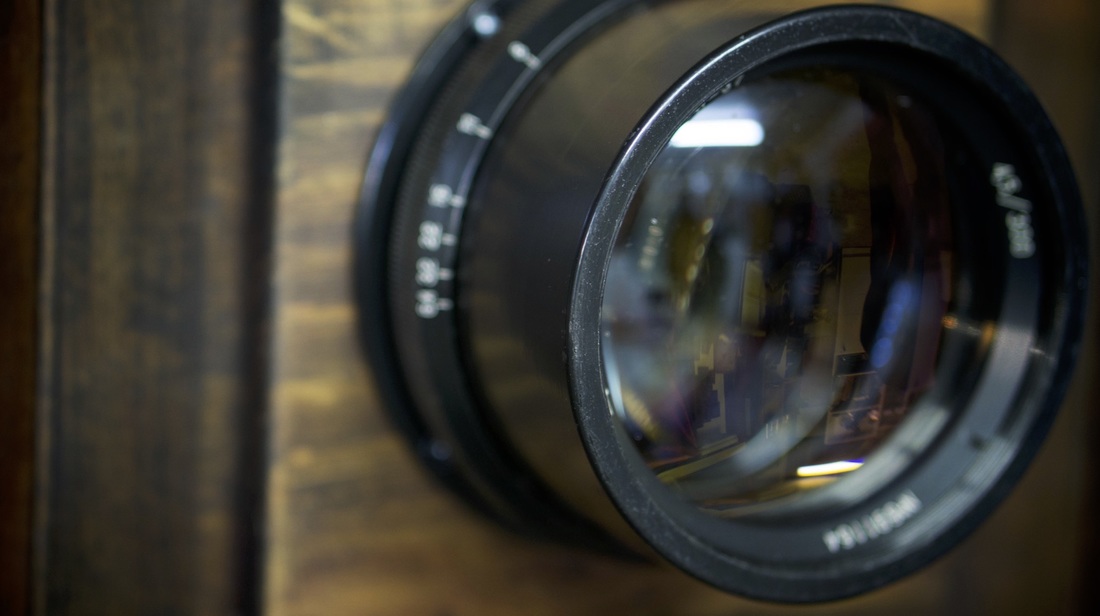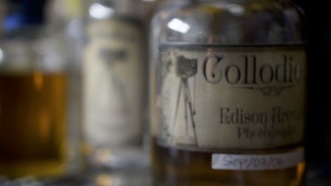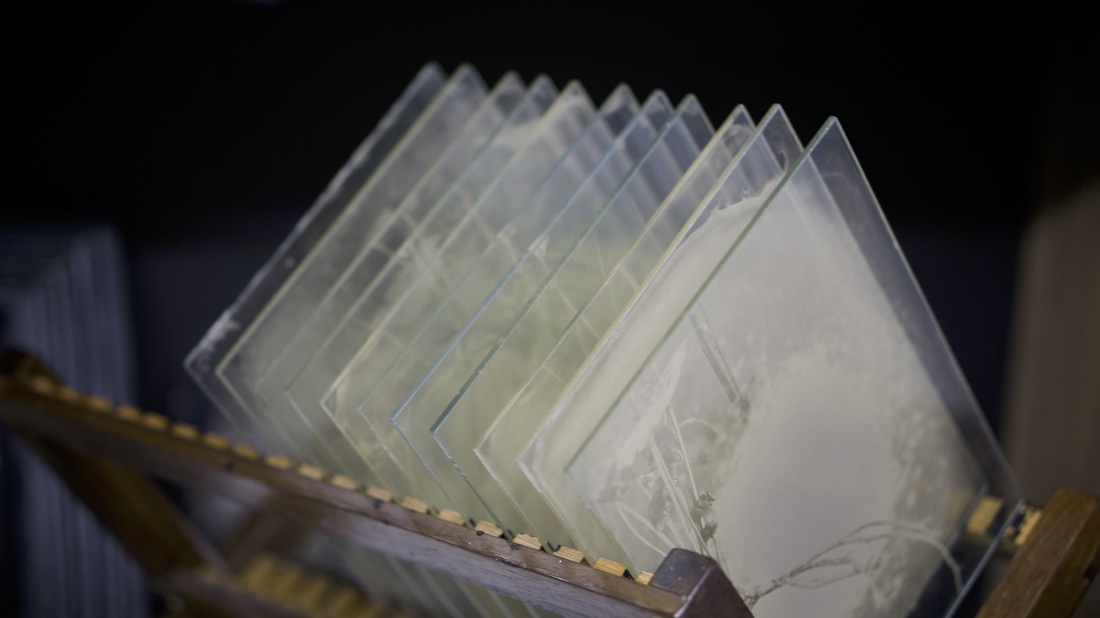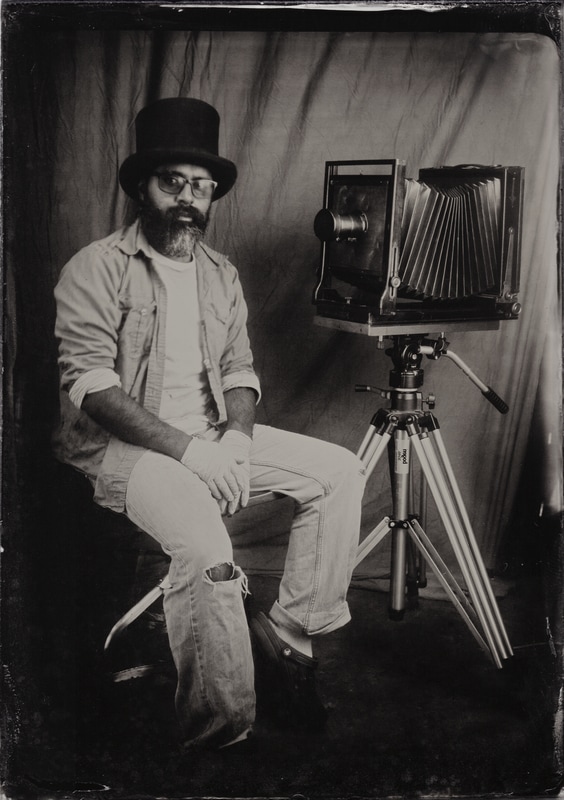The collodion process was invented by the English sculptor Frederick Scott Archer in 1851.
The first detailed description of the process was published in the March issue of The Chemist. The two photographic processes of the day were the Daguerreotype and the calotype. What Archer set out to do was to Create a photographic technique that combined the fine detail of the Daguerreotype and the ability to make multiple prints like the calotype,
it was created as a negative process to make albumen and salt prints. Ambrotypes are positive on glass that came about in 1854
The American Civil War is considered the first major conflict to be extensively photographed.
In 1861, the newest technology was wet-plate photography.
During the Civil War, especially for those who ventured out to the battlefields with their cameras was a difficult and time consuming process, photographers such as Mathew Brady, Alexander Gardner, and Timothy O'Sullivan had to carry all of their heavy equipment, including their darkroom by wagon, cameras at the time of the Civil War were bulky and difficult to maneuver.
They also had to be prepared to process cumbersome light-sensitive images in cramped wagons.
For the first time in history, citizens on the home front could view the actual carnage of far away battlefields
The first detailed description of the process was published in the March issue of The Chemist. The two photographic processes of the day were the Daguerreotype and the calotype. What Archer set out to do was to Create a photographic technique that combined the fine detail of the Daguerreotype and the ability to make multiple prints like the calotype,
it was created as a negative process to make albumen and salt prints. Ambrotypes are positive on glass that came about in 1854
The American Civil War is considered the first major conflict to be extensively photographed.
In 1861, the newest technology was wet-plate photography.
During the Civil War, especially for those who ventured out to the battlefields with their cameras was a difficult and time consuming process, photographers such as Mathew Brady, Alexander Gardner, and Timothy O'Sullivan had to carry all of their heavy equipment, including their darkroom by wagon, cameras at the time of the Civil War were bulky and difficult to maneuver.
They also had to be prepared to process cumbersome light-sensitive images in cramped wagons.
For the first time in history, citizens on the home front could view the actual carnage of far away battlefields
Brief description of the process
Coating the plateHand pouring a mixture of collodion with light sensitive salts, (iodides and bromides) onto the glass plate begins the process. The collodion is poured and flowed from corner to corner to form the emulsion. In seconds the collodion film will begin to set as the solvents evaporate from the surface.
Vertical Divider
|
SensitizeThe plate is then sensitized in a solution of silver nitrate for approximately 3 minutes (the silver nitrate binds with the iodide and bromide to make a silver halide coating, which makes it sensitive to light) In the darkroom the sensitized plate is removed from the silver bath and is placed into its plate holder.
Vertical Divider
|
ExposeThe plate holder is placed in the back of the camera and the exposure is made by removing the lens cap for several seconds. With an estimated ISO of 1 there are no light meters to guide in exposure. The exposure time is dependent on the available UV light and the sensitivity of the collodion.
|
Developing
A developer solution is poured over the plate in one swiping motion to completely coat the glass plate. The development is timed by inspection. First the highlights appear, then the mid-tones, and just as the shadows appear the developer is poured into a tray and immersed in water to stop the development. The time with range from 12-15 seconds.
Vertical Divider
|
FixThe unexposed silver-halide is removed by placing the plate in a tray of sodium thiosulfate or potassium cyanide until it clears and the image appears.
A final wash of several minutes is to remove the excess fixer. Vertical Divider
|
VarnishTo protect the delicate image a coat of varnish is applied to the plate for permanence. This application is conducted the same way the collodion is applied to the plate.
|
About me
|
Long story short
I was Born in Cuenca Ecuador, when I was 20 years old I moved to the United States, I always have been fascinated by photography and in my spare time began to explore and learn analog photography for myself. I built my first darkroom some years later with everything necessary to work with black and white film, I started with 35mm and after a few years moved to medium format, around 2005 I got my first 5x7 large format camera. At that time Digital photography was already taking over more and more and replacing traditional photography. Some of my favorite films and photo papers were no longer being made and this was one of the main reasons for me to start looking into 19th-century photographic processes, and how to make my own photographic film. I started looking for information on the web and then one day I found some images made with the wet plate collodion technique and it instantly caught my attention. It took me a couple of years to read, learn and understand how the collodion process worked. Then I started building my own racks, dark box, silver tank and all the necessary equipment to work with this process. I also bought and restored an old 8x10 Agfa Ansco field camera and got all the chemicals I needed. In 2012 I made my first wet plate, Since that time I have not stopped making images using this magical process. |
Edison Arevalo © All rights reserved 2020
© Edison Arevalo. All photographs and text on this website are the property of Edison Arevalo. All materials are protected under the United States and international copyright laws and treaties which provide substantial penalties for infringement. The use of any images or other materials included herein, in whole or part, for any purpose, including, but not limited to, web pages, reproduction, storage, manipulation, digital or otherwise, is expressly prohibited without the written permission of Edison Arevalo.
